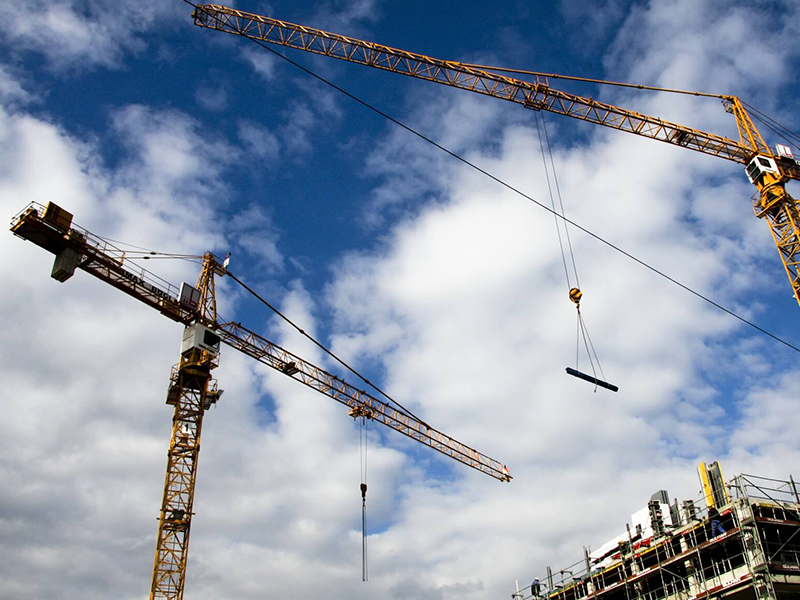
Regulating Tower Crane Usage in the Philippines: Building Safely Toward Progress
As the Philippines experiences rapid urbanization and infrastructure development, the role of tower cranes in construction has become increasingly vital. To ensure the safety and efficiency of these towering machines, stringent regulations have been put in place. This article explores the regulations governing the usage of tower cranes in the Philippines, emphasizing the commitment to building safely as the nation progresses.
- Philippine Occupational Safety and Health Standards (OSHS):
The cornerstone of tower crane regulations in the Philippines lies in the Occupational Safety and Health Standards. These standards, established by the Department of Labor and Employment (DOLE), comprehensively cover the safety aspects of construction activities, including the operation of tower cranes. Compliance with these standards is mandatory to obtain the necessary permits for crane operation.
- DOLE Department Order No. 13 Series of 1998:
Specifically addressing the use of tower cranes, DOLE Department Order No. 13 outlines guidelines for their operation and maintenance. This includes requirements for operator certification, crane inspection, load capacity monitoring, and safety protocols. Adherence to these guidelines is crucial for ensuring safe and secure crane operations on construction sites. Please refer to: https://oshc.dole.gov.ph/wp-content/uploads/2020/04/Department-Order-No.-13.pdf
- Certification of Tower Crane Operators:
The regulations require that tower crane operators undergo specialized training and obtain certification. The Technical Education and Skills Development Authority (TESDA) plays a pivotal role in accrediting training centers that provide programs for crane operators. Certification ensures that operators possess the necessary skills and knowledge to handle these complex machines safely.
- Pre-Operation Inspections:
Prior to the commencement of tower crane operations, a thorough pre-operation inspection is mandated. This involves a comprehensive assessment of the crane's components, structural integrity, and safety features. Only after receiving a clearance from qualified inspectors can the crane be put into operation.
- Regular Maintenance and Inspections:
To maintain compliance with safety standards, regular maintenance and inspections are required throughout the crane's operational life. Construction companies are responsible for ensuring that cranes are in optimal condition, addressing any issues promptly, and conducting routine inspections to identify and rectify potential hazards.
- Weather Monitoring and Emergency Protocols:
Considering the country's tropical climate, regulations emphasize the importance of monitoring weather conditions. Tower crane operations should cease in adverse weather, such as typhoons or thunderstorms, to prevent accidents. Emergency protocols, including evacuation plans, must be in place to ensure the safety of workers in unforeseen circumstances.
- Public Safety Considerations:
Tower cranes are often situated in close proximity to public spaces. Regulations require construction companies to implement safety measures to protect the public, such as cordoning off areas, installing warning signs, and coordinating with local authorities to minimize risks.
As the Philippines continues its journey toward progress, the regulation of tower crane usage stands as a testament to the commitment to safety in the construction industry. By adhering to the stringent guidelines outlined by DOLE and other regulatory bodies, the nation ensures that the towering symbols of development contribute to progress without compromising the well-being of workers and the public. In this harmonious blend of construction and safety regulations, the Philippines builds not only structures but a foundation of security and progress for generations to come.



